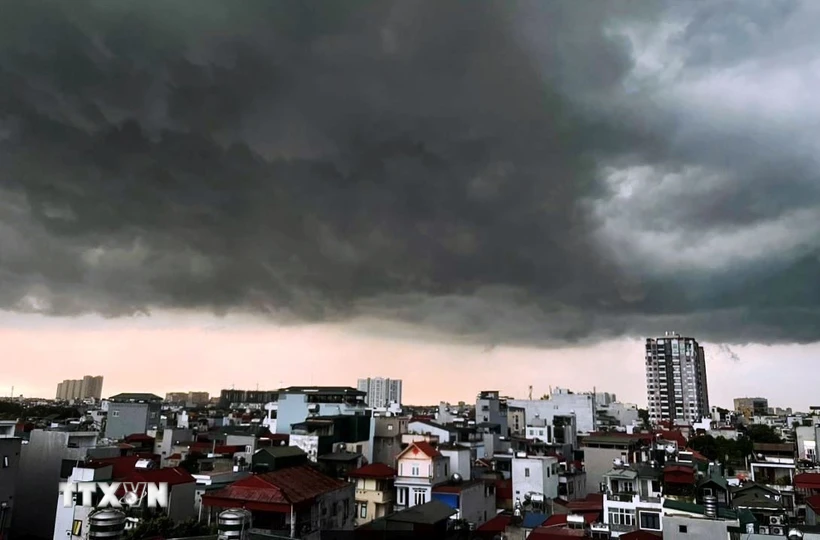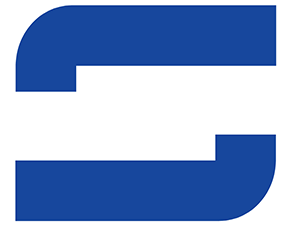HCMC – The Ministry of Agriculture and Environment on April 18 issued a decision cutting import quotas for ozone-depleting substances by half in 2025, marking a significant step in its roadmap to phase out harmful chemicals under the Montreal Protocol.
Vietnam’s import quota for hydrochlorofluorocarbons (HCFCs) in 2025 will be capped at 1,300 tons, down from 2,600 tons in 2024. HCFCs, particularly HCFC-22, are commonly used in air conditioning, refrigeration, and foam insulation, especially within the seafood processing and export sectors.
The reduction of the quota forms part of Vietnam’s national plan to manage and eliminate controlled substances that damage the ozone layer and contribute to greenhouse gas emissions. The HCFC import quota will be maintained at 1,300 tons annually from 2025 to 2029, representing a 67.5% reduction from baseline levels. Starting in 2030, the limit will drop further to 100 tons per year, and imports will be phased out entirely by 2040.
In parallel, import quotas for hydrofluorocarbons (HFCs), another class of refrigerants with high global warming potential, will also gradually decline. By 2045, HFC imports will be restricted to volumes equivalent to 2.7 million tons of CO2 emissions, or an 80% cut from baseline levels.
For 2025, the total greenhouse gas import quota will be equivalent to nearly 13 million tons of CO2.
Enterprises are required to specify import volumes for each substance within their assigned quotas and must report their annual usage by January 15 of every year in accordance with Decree No. 06/2022/ND-CP. They must also comply with all relevant regulations on the use of controlled substances.
If implemented as planned, these measures are expected to help Vietnam reduce emissions by over 11 million tons of CO2 by 2045, supporting the country’s commitment to achieving net-zero emissions by 2050, as pledged at the COP26 climate summit.









